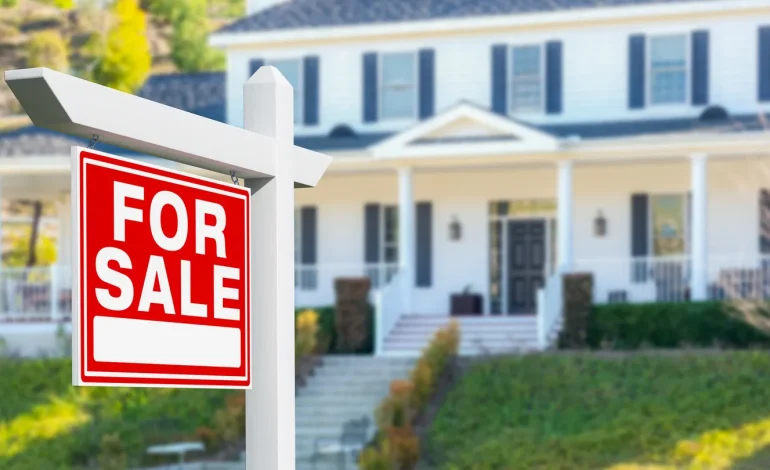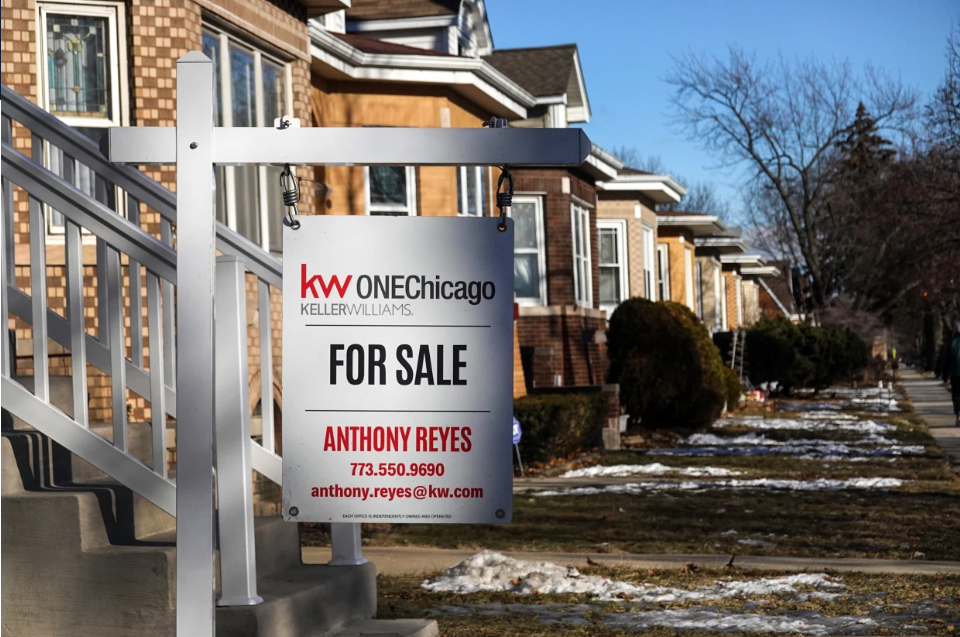A new report from the National Association of Realtors (NAR) and Realtor.com reveals a complex picture of the US housing market: while inventory is rising, affordability remains a persistent challenge, particularly for low- and middle-income households.
As of March 2025, more than 40% of the country’s 100 largest metropolitan areas are grappling with a significant shortage of affordable housing. This is despite a 20% increase in overall listings year-over-year, highlighting the disconnect between supply and what many Americans can afford.
The affordability strain has been building since the pandemic-era housing boom, which was driven by historically low mortgage rates. As demand surged, prices soared—and the ripple effects continue to shape the market today. National home prices are now 39% higher than they were in March 2019, according to the S&P CoreLogic Case-Shiller Index.
The study assessed affordability based on a standard 30-year fixed mortgage, assuming 30% of income is spent on housing costs. For middle-income households earning between $75,000 and $100,000, the share of homes they can afford has slightly improved—from 20.8% in March 2024 to 21.2% in March 2025. Yet, this still represents a sharp drop from 48.8% in 2019 and falls well short of the 48% threshold considered indicative of a balanced market.
To close the gap, the US would need approximately 416,000 additional homes priced at or below $255,000. Meanwhile, buyers earning less than $75,000 have seen affordability decline further. For a household with a $50,000 income, only 8.7% of listings were affordable in March—down from 27.8% in 2019.
Higher-income buyers, on the other hand, face far fewer obstacles. Households earning $250,000 or more have access to at least 80% of the housing inventory.
Affordability challenges vary sharply by region. Metro areas in the Midwest, such as Akron, Pittsburgh, and St. Louis, are close to balanced, while others like Raleigh, Des Moines, and Grand Rapids have made measurable progress.
However, 26 of the 100 largest metros have seen affordability worsen. Cities like Los Angeles, San Diego, and New York continue to struggle due to long-standing issues such as underbuilding, limited developable land, and restrictive zoning regulations.
In some places, affordability has improved notably. Austin, San Francisco, and Denver have seen increases in lower-priced inventory, bringing them closer to or even surpassing pre-pandemic levels.
Despite localized improvements, many markets still lag. Households making $75,000 annually—once able to afford nearly half the listings—now face an affordability shortfall of more than 415,900 homes priced below $254,780, according to the NAR.
“The middle-income buyers gained the most this year, yet they also have the largest gap to overcome,” said Nadia Evangelou, NAR’s senior economist.
These buyers, often representing careers in education, healthcare, and skilled trades, are increasingly priced out of ownership opportunities.
Pennsylvania, for instance, has seen mounting affordability pressures, especially in cities like Scranton and Philadelphia. The state ranks 44th in housing construction growth from 2017 to 2023, according to Pew Charitable Trusts, exacerbating the mismatch between supply and demand.
There are signs of change. Some builders are focusing on smaller, more affordable homes. However, high construction costs, tariffs, and zoning restrictions continue to limit the pace and type of development.
“More homes alone won’t fix the affordability crisis—not unless they are priced right,” Evangelou noted.
She emphasized the need for policy reforms, including easing zoning laws, incentivizing smaller homes, and expanding access to down payment assistance programs.
Innovative housing solutions, such as micro-apartments and co-living spaces, are also being explored as a potential answer to affordability concerns, especially in dense urban areas.
According to the NAR-Realtor.com report, only 30% of the top 100 metro areas are moving toward balance in affordable housing across income levels. Another 44% remain stagnant, while 26% are regressing. States such as Iowa, Ohio, and West Virginia lead in affordability, while California, Massachusetts, and Hawaii face the steepest shortfalls.
Despite the challenges, homeownership remains a cornerstone of the American Dream. A January Realtor.com survey found that 75% of US adults still view owning a home as a key life goal.
With input from CNBC, CBS News, and FOX Business.










The latest news in your social feeds
Subscribe to our social media platforms to stay tuned